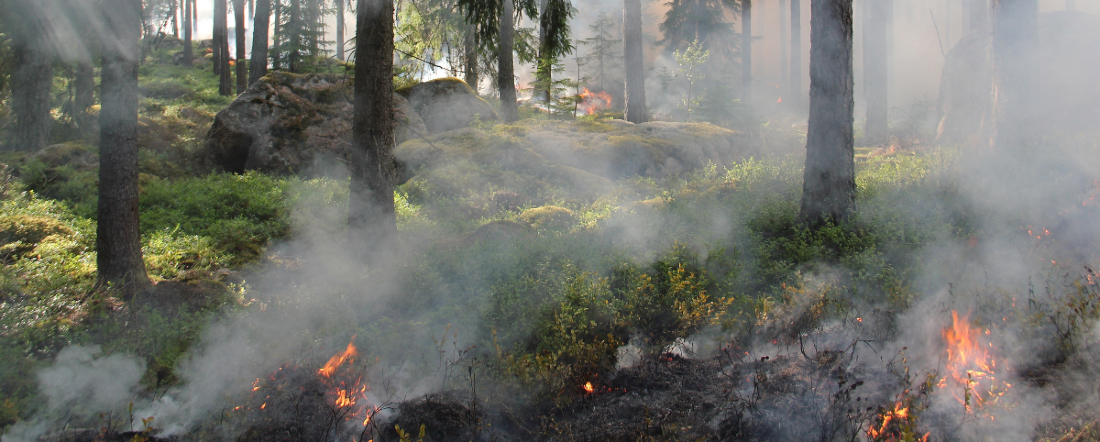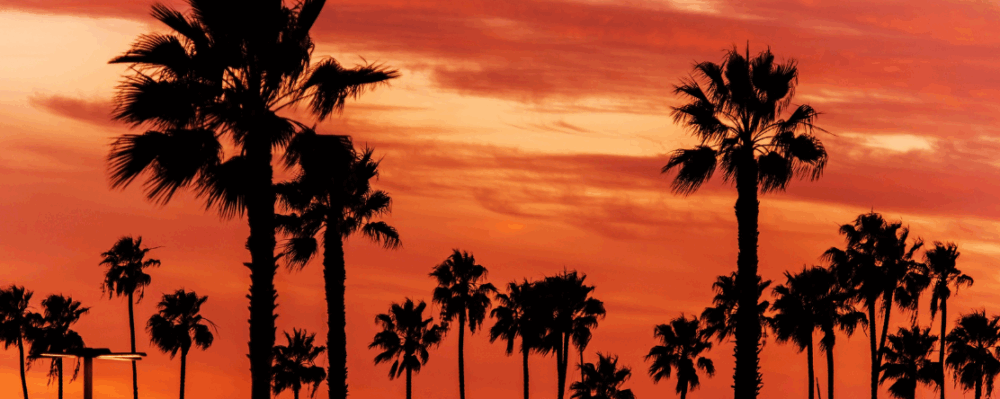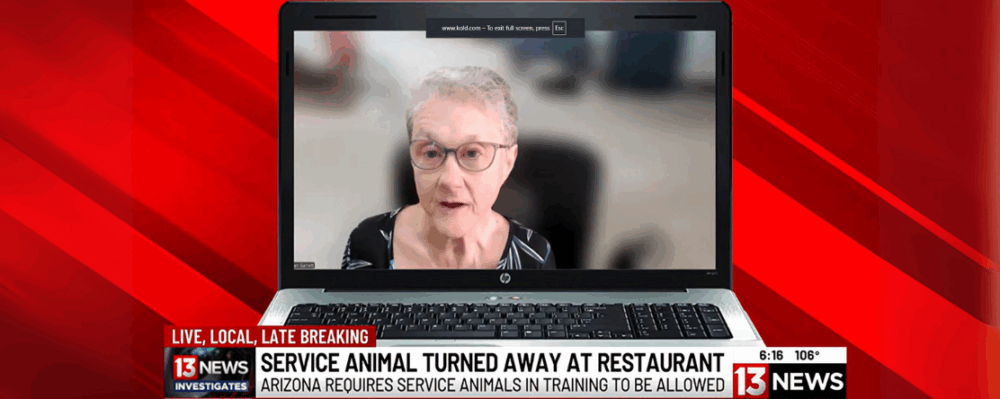
In the News
Burn Scars Threaten Drinking Water Across Much of the West
- Los Angeles Times/Kaiser Health News
-
Focus Areas
Environmental Health -
Issues
Population Health, Wildfires & Extreme Heat -
Expertise
Research – Quantitative

Wildfires and their lasting effects are becoming a way of life in the nation’s West, including California, as climate change and management practices cause fires to increase in number, intensity and acreage burned, while extending the length of the fire season. In burn scars, where fires decimated forest systems that held soil in place, an increase in droughts followed by heavy rainfall poses a different kind of threat to the water supplies that are essential to the health of communities.
Dirty, turbid water can contain viruses, parasites, bacteria and other contaminants that cause illness. But experts say turbid water from burn scars is unlikely to make it to people’s taps, because water utilities would catch it first.
The cost to municipal utility systems — and the residents who pay for water — is immense. Rural small towns in particular face the choice between spending millions of dollars to try to filter turbid water or shutting off their intake and risking shortages in areas where water may already be scarce.
And as fires move closer to communities, burning synthetic materials from houses and other buildings can create toxic compounds that leach into water supplies, which happened in California after major fires in 2017 and 2018.
After the 2017 Tubbs and 2018 Camp fires that devastated the Northern California town of Paradise, researchers examining the tap water of nearby homes found benzene and other carcinogens. Public health researcher Gina Solomon at the Public Health Institute in Oakland said the contamination likely came from plastic pipes that melted and leached chemicals into the water.
California has been relatively lucky when it comes to sediment flow. The yearslong drought in most of the state means burn scars remain intact — though a heavy rain could wash down years of debris. Smoke and ash from burned structures may also add toxic chemicals to water supplies.

The smoke from the fires is a truly nasty brew. My fear is we may not have seen the worst of it yet.Gina Solomon
Former director of PHI’s Achieving Resilient Communities (ARC) and PHI’s Science for Toxic Exposure Prevention
Click below to read the full article in the Los Angeles Times.
Originally published by Los Angeles Times/Kaiser Health News
More Updates
Work With Us
You change the world. We do the rest. Explore fiscal sponsorship at PHI.
Support Us
Together, we can accelerate our response to public health’s most critical issues.
Find Employment
Begin your career at the Public Health Institute.



